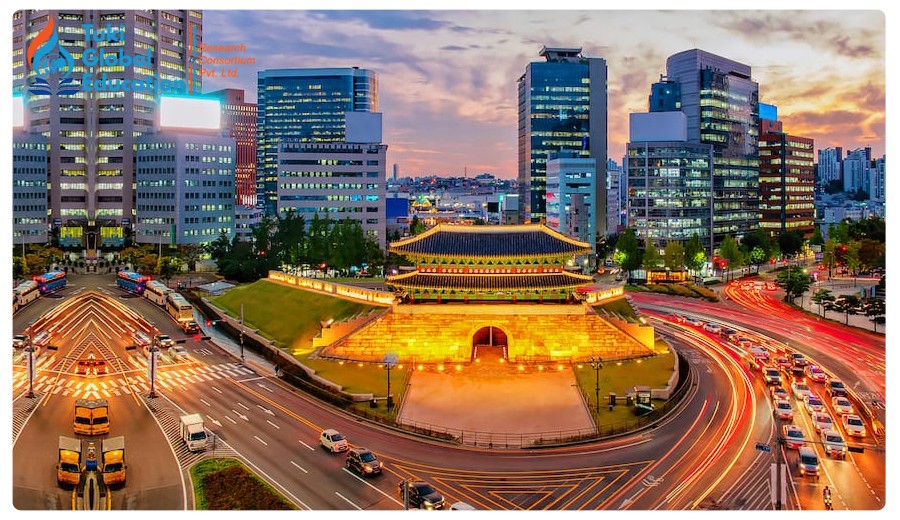
South Korea
The Republic of Korea
- Capital: Seoul
- Population: 6 million
- Area: 99,313 sq km (38,345 sq miles)
- Major language: Korean
- Major religion: Buddhism, Christianity
- Life expectancy: 77 years (men), 84 years (women)
- Currency: Won
Climate
South Korea tends to have humid continental and subtropical climate, and is affected by the East Asian monsoon, with precipitation heavier in summer during a short rainy season which begins at the end of June through the end of July. Winters can be extremely cold with the minimum temperature dropping below −20 °C in the inland region of the country: in Seoul, the average January temperature range is -7 to 1 °C, and the average August temperature range is 22 to 30 °C. Winter temperatures are higher along the southern coast and considerably lower in the mountainous interior. Summer can be uncomfortably hot and humid, with temperatures exceeding 30 °C in most parts of the country. South Korea has four distinct seasons; spring, summer, autumn and winter. Spring usually lasts from late-March to earlyMay, summer from mid-May to early-September, autumn from mid-September to earlyNovember, and winter from mid-November to mid-March.
Economy
The Korean national economy has been steadily developed since the 1960s. The Gross Domestic Product (GDP) was US$ 480.2 billion in 1996 and dropped to US$ 437.4 billion in 1997. Gross National Product (GNP) per capita decreased from US$ 10,543 in 1996 to US$ 9,511 in 1997. The economic growth rate was 8.7% in 1995, 6.9% in 1996, and 4.9% in 1997. The gross saving ratio in 1997 was 34.6%: 24.3% in the private sector and 10.3% in the government sector. Export volume increased sharply from US $ 1.0 billion in 1970 to US $ 63.0 billion in 1990, and it reached US $ 136.2 billion in 1997. Based on 2013 estimation, Korea GDP (PPP) per capita is $33,580 (26th) and GDP (nominal) per capita is $25,051 (34th) (Wikipedia.org (South Korea)).
Our Partners in South Korea